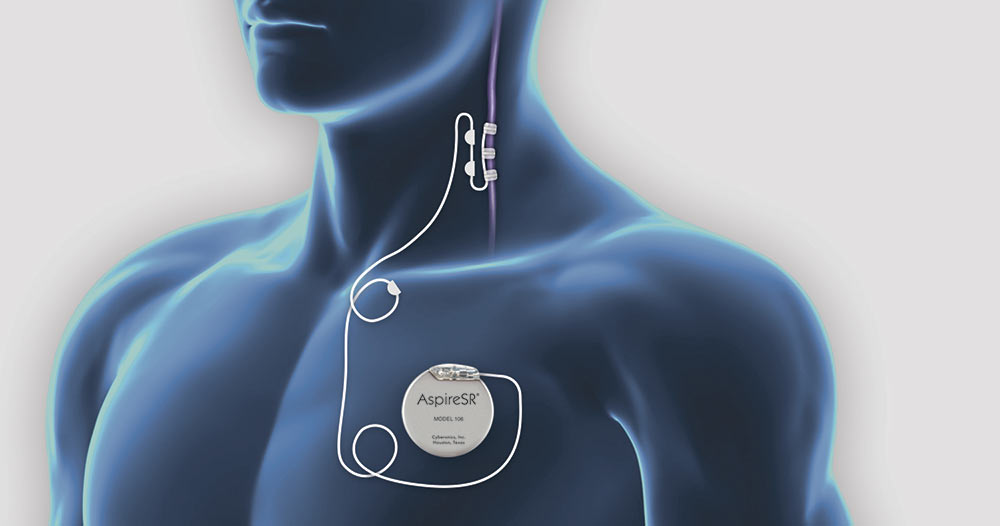Methods Of Treating Epilepsy
Epilepsy is actually a generic term, which is used to describe a number of conditions that all cause the brain to produce seizures. An epileptic condition is difficult to diagnose for a couple of reasons. First, an epileptic condition is hard to identify, until the individual experiences their first seizure. Secondly, there are many other conditions that can cause seizures similar to those common in epilepsy. Fainting spells and the seizures caused by very low blood sugar levels can resemble epileptic seizures. Thankfully, many treatments reduce the symptoms of the condition. In some cases, seizures may be eliminated altogether, depending on the severity and frequency of the epileptic attacks. Understanding what each treatment involves can help patients make informed choices.
Surgery
There are a couple of surgical methods that can help treat epilepsy in some patients. The first type of procedure is called resection and involves cutting away the section of the brain that has been causing epileptic seizures. While the area of the brain affected can vary, epilepsy most commonly affects the temporal lobe and the procedure to resolve that condition is called a temporal lobectomy. By removing a portion of the temporal lobe, the surgeon hopes to cure the disease altogether.
The second type of surgery is called disconnection, though this procedure is far less common. Here, specific nerve pathways are inhibited, so they can't spread the seizure from the brain to the rest of the body. This procedure is recommended, when the area of the brain affected by epilepsy is vital to the functioning of the individual. Rather than cut away at an important part of the brain, it's better to interrupt the nerve pathways. However, this type of operation only treats the symptoms, instead of curing the condition completely.
Next, find out another procedure that can help treat epilepsy now.
Vagus Nerve Stimulation

This is a procedure recommended for treating epilepsy in children over the age of four and in adults of all ages. Vagus nerve stimulation, or VNS therapy, is the process of electrically stimulating certain brain cells in the vagus nerve. This nerve is important to the autonomic nervous system, carrying messages between the brain and the rest of the body that help regulate breathing, heart rate, and other involuntary body functions. Research has yet to discover why stimulating this nerve works, but it's believed electrical impulses change the way the nerve sends messages. It may eliminate seizures by boosting blood flow to the various parts of the brain, causing increased production of the neurotransmitters that control epileptic seizures. It's also likely the therapy alters the electroencephalogram (EEG) patterns in the brain, which may prevent seizures from occurring. Since we know VNS therapy also increases the heart rate, a faster heart rate may also play a role in preventing seizures. Overall, stimulating body functions seems to be the key to stopping epileptic seizures.
Continue reading to discover how stimulating the brain can help treat epilepsy.
